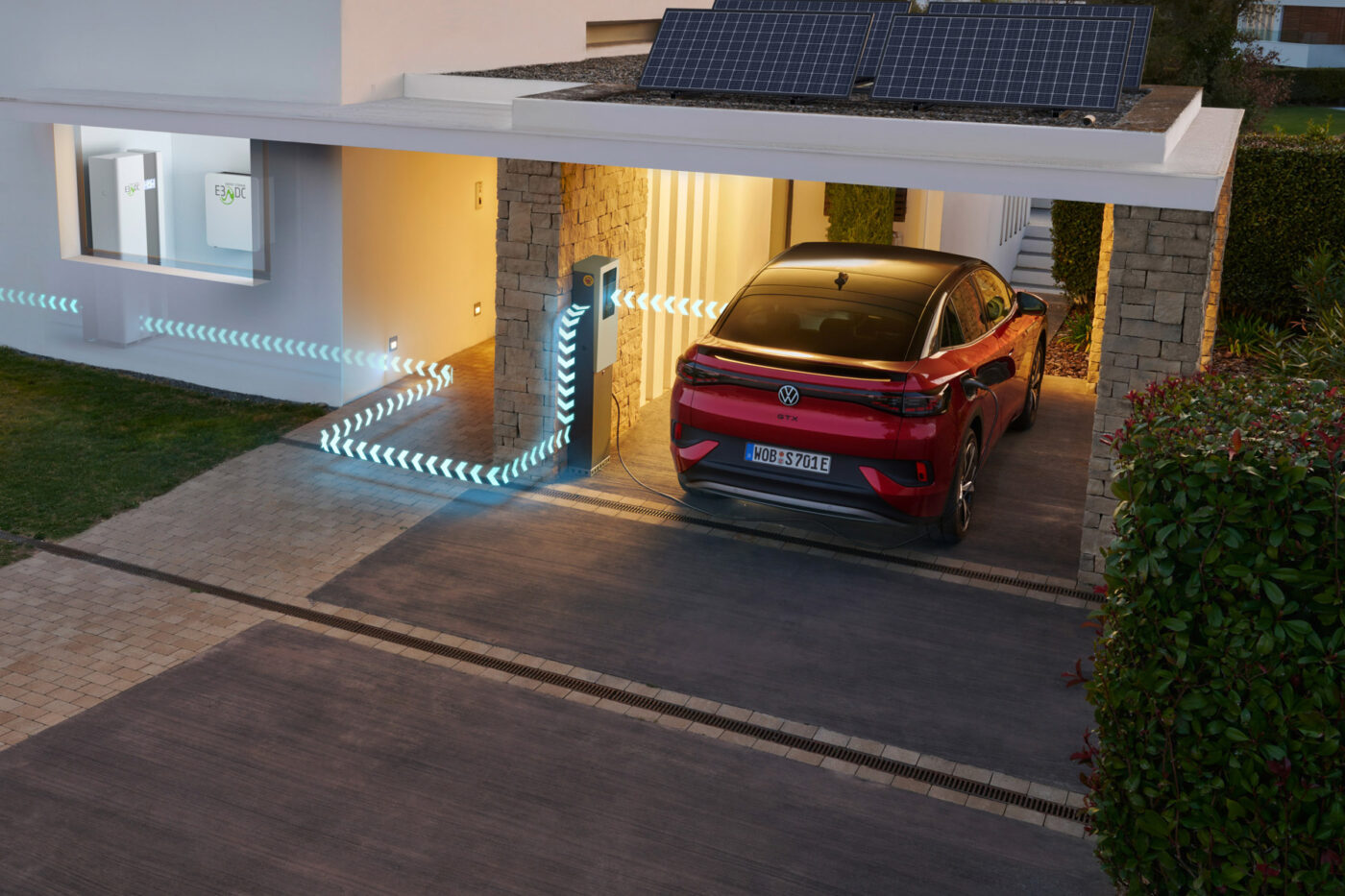
Germany clears the way for bidirectional charging
On Thursday evening, Germany’s Bundestag adopted the “Draft Act Amending Energy Industry Law to Strengthen Consumer Protection in the Energy Sector and Amending Further Energy Regulations”. For international readers, this wide-ranging bill updates core rules governing electricity and gas markets in Germany. The document itself runs to more than 250 pages.
In the final resolution of the Committee on Economic Affairs and Energy—approved by the governing coalition and available to electrive—an important amendment appears on page 149. It stipulates that electricity taken from a transmission or distribution grid in Germany, stored in any type of energy storage system and later fed back into the same grid, will be exempt from grid fees and electricity tax. This applies to stationary storage units as well as bidirectionally charging electric vehicles.
Until now, German rules treated EVs strictly as vehicles rather than storage systems, meaning they could not benefit from such exemptions. As a result, electricity used in vehicle-to-grid (V2G) processes in Germany was effectively taxed twice: once when drawn from the grid and again when fed back into it. This double charging has made V2G economically unattractive in the German market.
Will bidirectional charging become a business model?
The amendment also references § 21 of the German Energy Financing Act, ensuring the regulation applies even when only part of the stored energy is returned to the grid. Crucially, it confirms that bidirectional charging points in Germany are treated like any other electricity storage system for tax and grid-fee purposes.
Specific legal provisions for bidirectional charging have been rare in Germany until now. Aligning the treatment of stationary and in-vehicle storage could therefore mark a turning point, making bidirectional charging commercially viable in the German energy system.
Within Germany’s charging-infrastructure sector, companies that have long advocated for bidirectional charging view the decision as a breakthrough. At the same time, Germany’s Federal Network Agency is conducting a consultation on its “Determination on Market Integration of Storage and Charging Points” (MiSpeL). This includes a simplified flat-rate option allowing households with rooftop PV, home batteries and/or EV chargers to feed electricity into the German grid without needing a second meter. The approach would significantly reduce measurement complexity and allow mixed storage systems using both solar and grid electricity. Two major regulatory improvements could therefore come into force in Germany within months.
Together, the end of double charging and the new flat-rate option could remove key barriers to everyday bidirectional charging in Germany next year. However, experts estimate that German grid operators will need nine to twelve months to update their IT systems, and a smart meter remains essential.
If Germany’s regulatory framework continues moving in this direction, large-scale bidirectional charging becomes far more likely. Until now, the German market has mainly seen isolated home solutions or small pilot projects. With V2G feeding electricity into the German grid at scale, the impact could be substantial. A recent Agora study estimates revenue potential of up to 500 euros per year by 2030 for EV owners in Germany who participate.
Not everything progressed smoothly, however. A proposal from the Green Party to fully digitalise Germany’s grid-connection application process was rejected. Fast-charging operators have long criticised the inconsistent and often opaque procedures across the country. But such setbacks are not unusual in Germany’s complex energy landscape.
bundestag.de (vote), bundestag.de (committee submission)
This article was first published by Sebastian Schaal for electrive’s German edition.




0 Comments